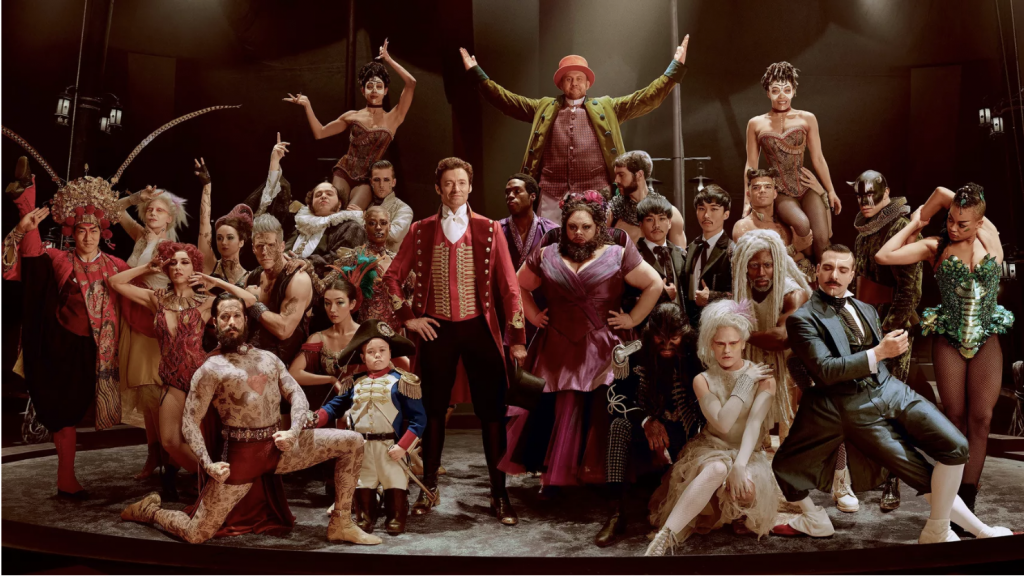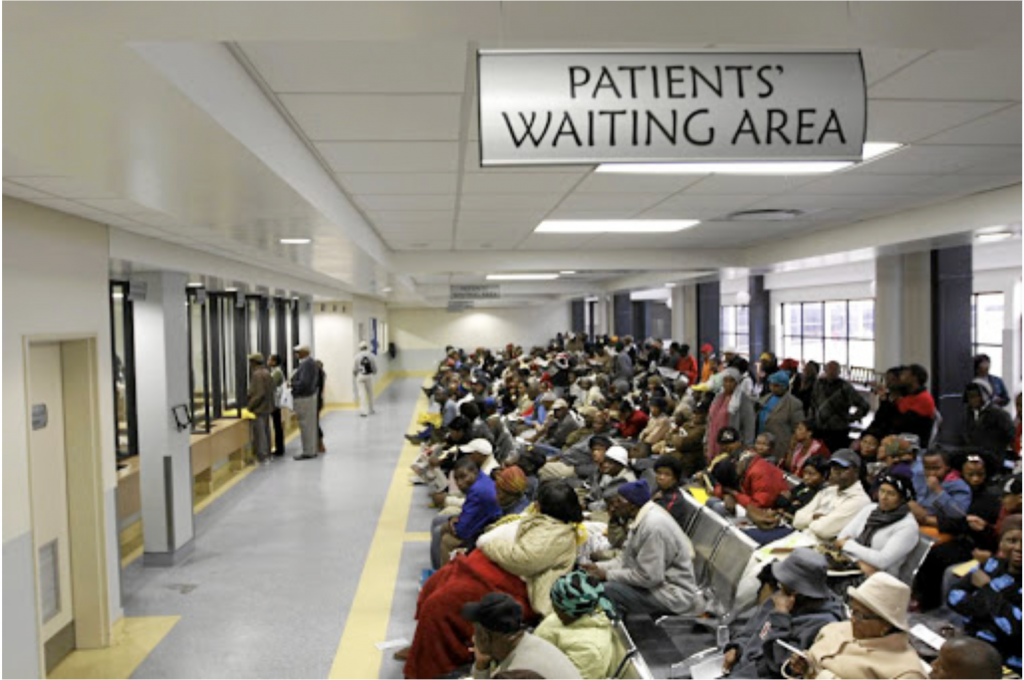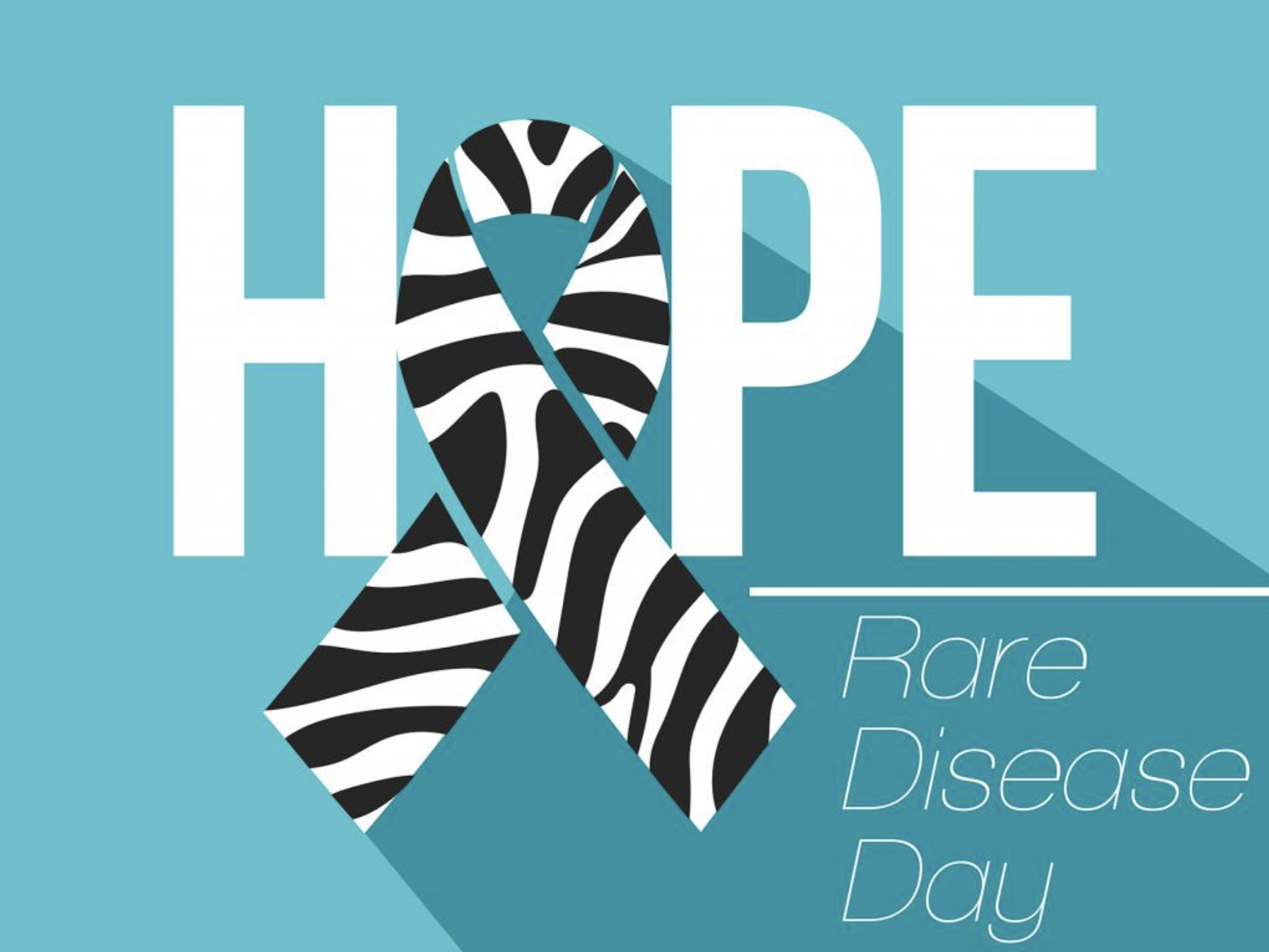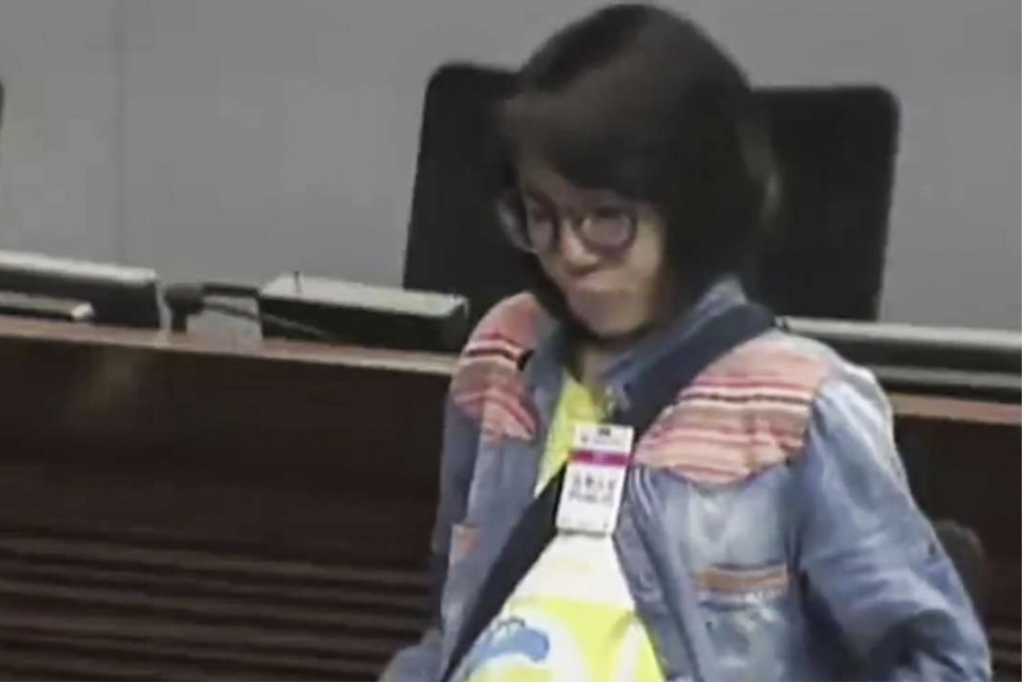Hollywood has recently witnessed a new wave of movies related to rare diseases. From “The Greatest Showman” of 2018, detailing a story of despised patients with rare diseases finding purpose and being fulfilled in a circus, to “Five Feet Apart” of 2019, capturing the heart-breaking journey and challenges of two Cystic Fibrosis patients in love with each other, these movies have significantly changed attitudes of the public towards patients with rare diseases.

The issue of rare diseases was once the unspeakable taboo. Stares and frowns from passers-by proved that stigma was very much still alive. Yet, popular culture, by showcasing patients’ daily struggles, has transformed the narrative of the discussion. Movies have prompted the public to show compassion to patients, who are on the verge of dejection due to social marginalization and physical sufferings. While these movies might have alleviated some biased perceptions, challenges to diagnosis and treatment in the field of rare diseases remain deeply rooted. How do these challenges manifest differently in developing and developed countries? How do these hurdles directly affect the well-being of patients with rare diseases?
A gap between actual demand and capacity of public medical services
Plagued by a shortage of medical professionals, limited government investments due to political incapacity, and large-scale epidemics such as HIV/AIDS, public medical services in African countries have been far too over-burdened to cater to the needs of patients with rare diseases.
At the same time, “diagnostic infrastructures” for rare diseases remain underdeveloped- for example, “both genetic test and rare disease registry aren’t available” in South Africa. This directly imposes difficulties in diagnosing patients as most rare diseases are indeed genetically related. Furthermore, far too little research has been done to investigate and collect “genomic data” in Africa, hindering understanding of the rare diseases landscape within the African population.

Over-burdened public medical services in general, inadequate “diagnostic infrastructures” and limited research on rare diseases translate into either delayed diagnosis or misdiagnosis. The incapacity of public medical services is further exacerbated in vulnerable groups, where patients living in suburbs without hospitals and clinics; those ignorant of rare diseases, and those living in poverty might be left undiagnosed in their lifetime.
A dilemma between the majority and minority
Ms. Chi Yin-lan, a woman with a rare disease called Tuberous Scerosis Complex, staggered the Legislative Council in Hong Kong with her thought-provoking statements and emotional plea for the government to include medications for rare diseases under the Drug Formulary for Public Hospitals. The medicine for TSC- Afinitor “costs around HK$20,000 per month out-of-pocket”. Unable to afford Afinitor, her symptoms aggravated and died shortly after making her testimony in the Legislative Council.
The issue of subsidies for rare diseases has long been controversial, especially in developed countries. Some have asserted that it is a better “value for money” to dispatch resources to address the needs of the general public, instead of only catering towards that of patients with rare diseases. Others have decried such mindsets, as it is preposterous to deny patients with rare diseases the access to medications and, ultimately, the right to live just because their needs are not in line with public interests.
The dilemma between the majority and minority remains one of the greatest challenges in decision-making for policies pertaining to patients with rare diseases.
Rare diseases and challenges not that rare
About 300 million people across the globe are currently suffering from rare diseases- probably far more than we might have anticipated. According to the European Commission, 1 in 17 people will be affected by a rare disease at some point of their lives.
Are the challenges faced by patients with rare diseases really that distant from us? The fact that patients in developing countries cannot be properly diagnosed, can be projected into a major hurdle to safeguarding the quality of life of the disadvantaged. A value and vision that we are all trying to pursue.
Furthermore, the right to medicines for patients is not contradictory to public interests. In fact, they are mutually inclusive. The well-being of society, including those of the minority, is a public health objective.
Incontrovertibly, challenges in the field of rare diseases are very complex. However, in order to address these hurdles, we must first acknowledge that we are not immune from rare diseases. Only then can we start analyzing issues from the perspectives of patients, and ultimately make a change by becoming more compassionate.
References
Baynam, Gareth et al., 2020. A call for global action for rare diseases in Africa. Nature Genetics, 52(1), pp.21–26.
Cairns, S., 2017. Outcry over patient death puts Hong Kong’s drug reimbursement system into spotlight. [online]. Accessible on https://ihsmarkit.com/research-analysis/outcry-over-patient-death-puts-hong-kongs-drug-reimbursement-system-into-spotlight.html/ (Accessed on 7 March, 2020
INSERM, 2019. Rare Diseases: Over 300 Million Patients Affected Worldwide. [online]. Accessible on https://presse.inserm.fr/en/maladies-rares-plus-de-300-millions-de-patients-dans-le-monde/36980/ (Accessed on 7 March, 2020)
Plessis. K., 2019. Rare diseases in South Africa: Bridging the Gap for Inclusive Healthcare. Pharama Boardroom. [online]. Accessible on https://pharmaboardroom.com/articles/rare-diseases-in-south-africa-bridging-the-gap-for-inclusive-healthcare/. (Accessed on 7 March, 2020
Ross, I., 2016. Exploring Rare Diseases in South Africa, a Personal Journey: Time for Electronic Record-keeping. Annals of Medical and Health Sciences Research, 6(1), pp.1–3.
Photo Accreditation
Header Image Credit: ©Fotolia, rodnikovay/ European Commission
IVolunteer International is a 501(c)3 tech-nonprofit registered in the United States with operations worldwide. Using a location-based mobile application, we mobilize volunteers to take action in their local communities. Our vision is creating 7-billion volunteers. We are an internationally recognized nonprofit organization and is also a Civil Society Associated with the United Nations Department of Global Communications. Visit our profiles on Guidestar, Greatnonprofits, and FastForward.



